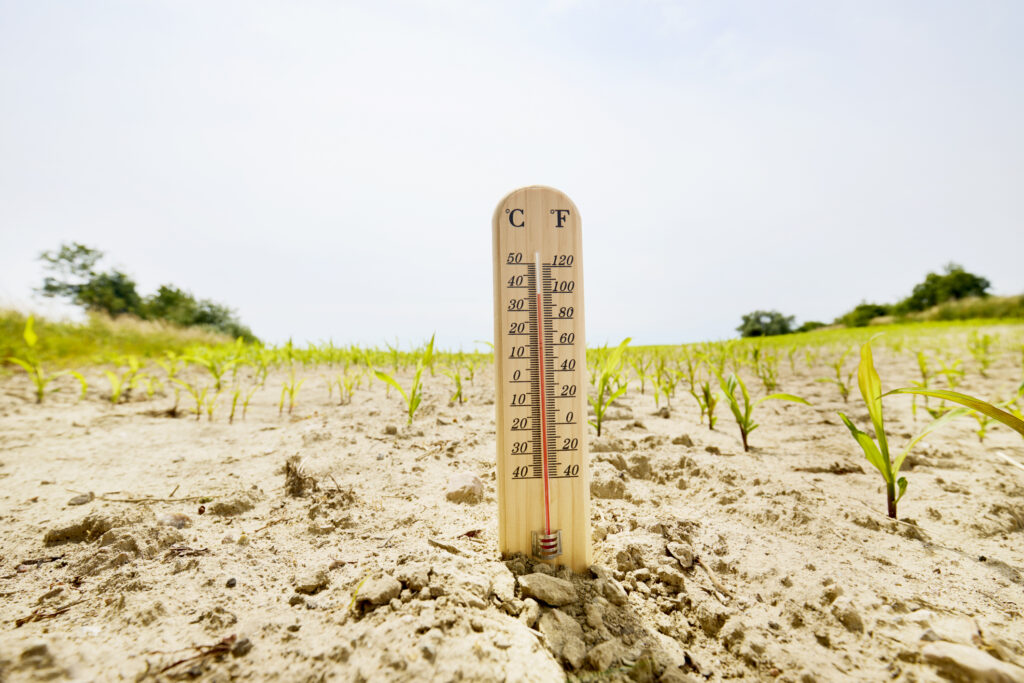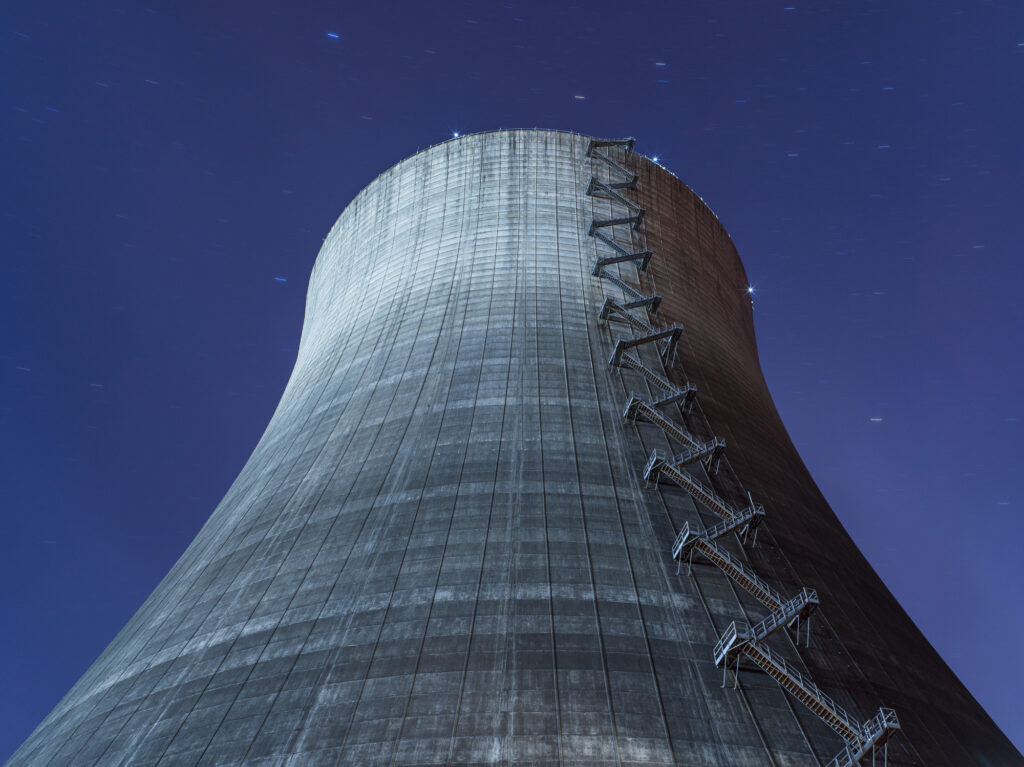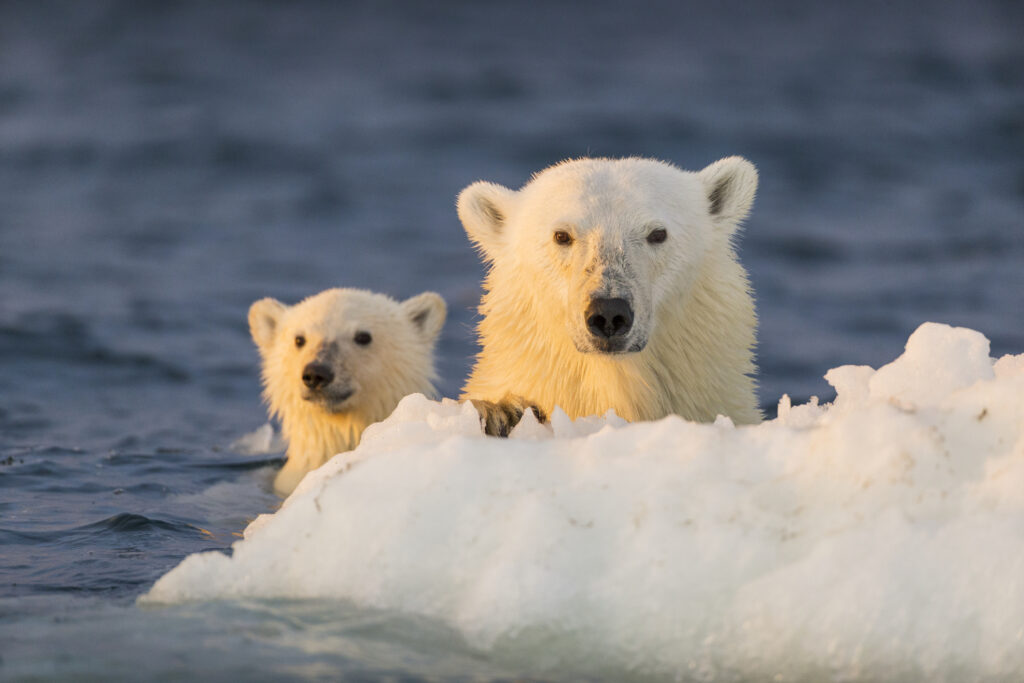Climate Change Weekly #182
In 2008, then presidential candidate Barack Obama remarked, “If somebody wants to build a coal-fired power plant, they can. It’s just that it will bankrupt them. … Under my plan … electricity rates would necessarily skyrocket.”
Four major coal companies have filed for bankruptcy in just the past 15 months. In his obsessive/compulsive battle to fight theoretical catastrophic anthropogenic climate change, President Obama is keeping the candidate’s promise to destroy the coal industry.
Obama’s Clean Power Plan (CPP) requires states to develop implementation plans to reduce carbon dioxide emissions from power plants, by an average of 32 percent below 2005 levels by 2030. This is a steeper cut than the Environmental Protection Agency (EPA) originally proposed.
By the administration’s own estimates, CPP would reduce future global temperature by less than a hundredth of a degree, an amount thermometers can’t even measure.
Craig Idso, Ph.D. points out CPP is built upon a pack of lies; literally thousands of peer-reviewed scientific papers show rising carbon dioxide concentrations have little impact on global climate. As detailed in 2013’s Climate Change Reconsidered II: Physical Science, despite increasing carbon dioxide levels neither temperatures nor weather events have been unusual or unprecedented, and slightly rising temperatures are actually saving human lives on balance.
While the president characterizes carbon dioxide as a pollutant, Idso notes carbon dioxide is in fact a fertilizer, providing growth-enhancing, water-saving, and stress-alleviating benefits for plants, benefitting global crop production by an estimated $3.2 trillion from 1961 to 2011.
Obama’s obsession to reduce fossil fuel use hits electric power ratepayers hard. The Energy Information Administration reports coal’s share of the nation’s electric supply fell from 48 percent in 2007 to 39 percent since Obama became president. Because coal is a low-cost source of electricity, electric power prices have risen 15 percent on Obama’s watch, despite historically low inflation.
An analysis by NERA Economic Consulting of EPA’s initial proposal, requiring emissions cuts of 30 percent below 2005 levels by 2030, estimates U.S. ratepayers would see their electric power prices rise an additional 13 percent above inflation. Because Obama’s CPP requires even steeper emissions cuts than the NERA analysis took into account, costs will be even higher.
Between 2009 and 2014, Obama’s regulations caused the premature closure of 265 coal-fired power units, taking offline enough electric generating capacity to power approximately 12.6 million homes. Those closures have cost 39,684 jobs at coal-fired electric power plants, 28.8 percent of the industry’s total employment. And because fewer power plants are burning coal, a lot less coal is required, resulting in tens of thousands of miners losing their jobs under Obama’s existing regulations. CPP will cause more job losses in coal country than all of Obama’s previous policies combined.
The North American Electric Reliability Corporation, the agency charged with ensuring the reliability of the nation’s electric power system, warns CPP will threaten the stability of the nation’s electric power grid.
Higher costs, fewer jobs, and periodic blackouts … all to prevent a temperature increase of less than a one-hundredth of a degree.
— H. Sterling Burnett
SOURCES: CNSnews; Climate etc.; Yahoo.com; and CO2science.org
IN THIS ISSUE …
Simple climate model stands up to alarmist scrutiny … Carbon dioxide stored under deserts … 97 percent consensus is just 47 percent … Unsettling anti-science climate ‘science’ … Sea grasses benefit from increasing carbon dioxide
 |
SIMPLE CLIMATE MODEL STANDS UP TO ALARMIST SCRUTINY
In a new Science Bulletin paper, Christopher Monkton, Willie Soon, David Legates, and William Briggs respond to those who attacked their enormously popular January Science Bulletin paper showing a simple climate model they developed better reflects actual temperatures and temperature trends than the complex models used by the Intergovernmental Panel on Climate Change. Most criticisms focused on the simplicity of the model, arguing the model’s “extreme simplification necessarily leaves out many physical processes.” The new paper shows the simple model generally hindcasts observed temperatures more accurately than complex models. Monckton et al. conclude the simple model exhibits at least as much predictive ability as more complex, widely used climate models.
SOURCE: Science Bulletin
CARBON DIOXIDE STORED UNDER DESERTS
New research published by the American Geophysical Union suggests massive aquifers underneath the world’s deserts act as carbon sinks, storing more carbon than all the plants on land combined.
Scientists examining the flow of water through Tarim Basin, a Venezuela-sized desert valley in China, found the waters used by farmers to irrigate their crops along the desert’s edge carry a surprising amount of dissolved carbon dioxide deep into the Earth. The scientists found the amount of carbon dioxide entering the desert aquifer jumped dramatically around the time the Silk Road opened the region to farming. They estimate the amount of carbon dioxide disappearing under the Tarim Desert annually is approximately 12 times greater than would otherwise be captured in the absence of agriculture. The carbon dioxide remains underground for tens of thousands of years. “The carbon is stored in these geological structures covered by thick layers of sand, and it may never return to the atmosphere,” said the study’s lead author, Yan Li, a desert biogeochemist with the Chinese Academy of Sciences. “It is basically a one-way trip.”
Extrapolating from their data, the authors estimate the world’s desert aquifers contain as much as 1 trillion metric tons of carbon dioxide – a quarter more than the amount stored in living plants on land.
SOURCE: American Geophysical Union
97 PERCENT CONSENSUS IS JUST 47 PERCENT
A study recently released by the Netherlands Environmental Assessment Agency explodes the myth 97 percent of scientists agree with statement made by the Intergovernmental Panel on Climate Change (IPCC) in the summary of its fifth assessment report, “It is extremely likely {95%+ certainty} that more than half of the observed increase in global average surface temperature from 1951 to 2010 was caused by the anthropogenic increase in greenhouse gas concentrations and other anthropogenic forcings together.”
The Netherlands agency finds the number of scientists agreeing with IPCC is less than 50 percent. The agency surveyed approximately 6,550 scientists studying climate change. Of the 1,868 scientists responding to the survey, 64 percent (1,222) agreed humans have caused more than 50 percent of the recent warming. Of those 1,222 respondents, 65 percent (797) said they were 95%+ certain. Those 797 respondents are just 43% of all 1,868 respondents. Thus the agency finds only a minority of climate scientists agree with IPCC’s key headline-making, statement.
SOURCES: Netherlands Environmental Assessment Agency and Fabius Maximus
UNSETTLING ANTI-SCIENCE CLIMATE ‘SCIENCE’
Historian John Steele Gordon argues few phrases in today’s political lexicon are more obnoxious than “the science is settled” and “climate-change deniers.” He points out the first is an oxymoron since science is never settled: It is always subject to change pending new evidence. The second phrase is a clear ad hominem attack meant to evoke “Holocaust deniers.” Since Earth’s climate is an enormously complex system, much of which even the Intergovernmental Panel on Climate Change acknowledges it does not understand well, to say the science is settled is itself a form of denial.
Steele lists a number of unanswered climate questions including, “Why did the warming trend between 1978 and 1998 cease, although computer climate models predict steady warming? How sensitive is the climate to increased carbon-dioxide levels? … Why did episodes of high carbon-dioxide levels in the atmosphere earlier in Earth’s history have temperature levels both above and below the average?”
With so many open questions, Steele concludes the quest for expanded power is why so many climate scientists, interest groups, and politicians want to close down debate and engage in name-calling. He notes, “If anthropogenic climate change is a reality, then that would be a huge problem only government could deal with. It would be a heaven-sent opportunity for the left to vastly increase government control over the economy and the personal lives of citizens.”
SOURCE: Community Scoop New Zealand
SEA GRASSES BENEFIT FROM INCREASING CARBON DIOXIDE
Numerous studies show increasing carbon dioxide levels improve the productivity of terrestrial plants, and a new study in Marine Biology shows the same benefit for seagrasses. Seagrasses are critical to the ocean food chain. They photosynthesize, so most grow in shallow and sheltered coastal waters. Seagrass beds are diverse, productive ecosystems, harboring hundreds of species providing food and critical habitat for juvenile and adult fish, algae, mollusks, green turtles, dugongs, manatees, geese, swans, sea urchins, and crabs. Y.X. Ow and other researchers at Australia’s James Cook University and the Australian Institute of Marine Science note, “given the important ecological functions of seagrass meadows, understanding their responses to CO2 will be critical for the management of coastal ecosystems.”
Ow et al. examined the physiological responses of three tropical seagrasses, exposing them to a range of seawater carbon dioxide levels approximating concentrations scientist estimate could exist by the end of 2100. They “demonstrated that tropical seagrasses can increase their photosynthetic rates, adjust photosynthetic performance and increase growth rates in response to CO2 enrichment.” Furthermore, the ability of sea grasses “to utilize the greater CO2 availability suggests that they will thrive under future scenarios of climate change.”
SOURCES: CO2science.org and Research Gate





